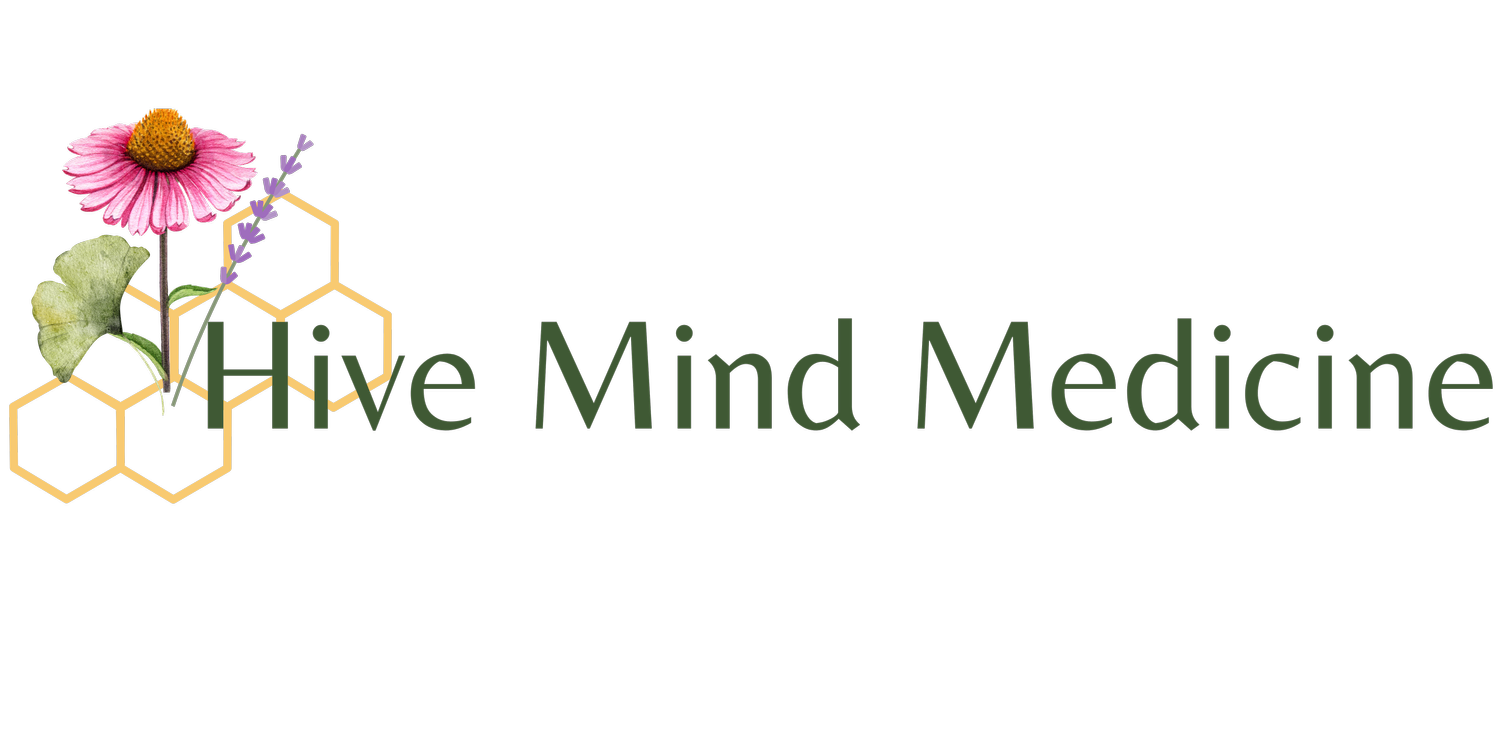Are you a “light” sleeper?
by Kayle Sandberg-Lewis, LMT, MA, BCN-Senior Fellow
For millennia humans lived in a 24-hour diurnal pattern – light, followed by darkness, followed by light. The “pacemaker” in our brain that tracks this pattern is the suprachiasmatic nuclei (SCN) in the hypothalamus. The SCN synchronizes all our biological rhythms. The pathway to the SCN starts in the retina. Short version: What our eyes perceive affects our physiology.
When people started using fire to light their nights - campfires, candles, lanterns & gas lighting - the light itself was in the red light range of the visible light spectrum - wavelengths in the 650 + nm range. Plus, these forms of lighting tended to be intermittent; not constant. (People don’t tend to leave their candles burning all night.)
Only recently in our time on earth has the capacity to light our surroundings continuously throughout the entire 24-hour period become available to us. Based on the research, it appears we have abused the privilege.
It is not uncommon for people to have nightlights on during their sleep hours. As a safety measure, it makes sense to use a low-level light to help navigate from one room to another in the dark.
If the light is present in the bedroom, however, significant problems can develop.
Another issue is light entering the bedroom from outdoors – streetlamps, neon signs, and headlights passing bedroom windows are disruptive to sleep, even if one does not wake.
Many studies have been done over the years to determine the effects of artificial lighting on human physiology.
Who is ALAN and why is he disrupting our sleep?
In this case, ALAN isn’t a “who”; it’s a “what”. ALAN stands for Artificial Light at Night and studies have shown it is implicated in a variety of serious issues.
Breast cancer and other negative effects on cellular structures
Suppression of melatonin secretion (as Dr. SS-L has written in previous blog posts, melatonin is important for healthy gut motility.)
Sleep disruption
Capacity to feel alert upon rising
Blue light became part of outdoor light pollution when mercury street lamps were widely installed starting in the 1940s and is now present indoors in our electronic devices. Blue light has short wavelengths, in the 400nm range. While the device’s brightness can be modulated to seem quite dim, (turning down the light on the eReader or other screen,) the short wavelength that produces that form of light has a particularly disruptive effect on circadian phases and melatonin production, causing a sense of alertness when one would best be sleeping. So it needn’t be bright to be destructive.
The modern era with 24-hour availability of light sources may seem “civilized” but it has allowed people to do serious damage to their own wake/sleep cycles.
Chang AM, Aeschbach D, Duffy JF, Czeisler CA. Evening use of light-emitting eReaders negatively affects sleep, circadian timing, and next-morning alertness. Proc Natl Acad Sci U S A. 2015 Jan 27;112(4):1232-7. doi: 10.1073/pnas.1418490112. Epub 2014 Dec 22. PMID: 25535358; PMCID: PMC4313820.
Cho, Y., Ryu, S. H., Lee, B. R., Kim, K. H., Lee, E., & Choi, J. (2015). Effects of artificial light at night on human health: A literature review of observational and experimental studies applied to exposure assessment. Chronobiology International, 32(9), 1294–1310. https://doi.org/10.3109/07420528.2015.1073158
Kayle Sandberg-Lewis holds a M.A. in Behavioral Medicine, the study of how what we do in our daily lives affects our well-being. She has over three decades experience in stress management and is board certified in neurofeedback, which she introduced to her practice in 1996. She is certified in neurofeedback by the Biofeedback Certification International Alliance (BCIA).
Hive Mind Medicine blog posts are for educational purposes only and are not intended as medical advice. Please consult with your health care practitioner for personalized guidance.
